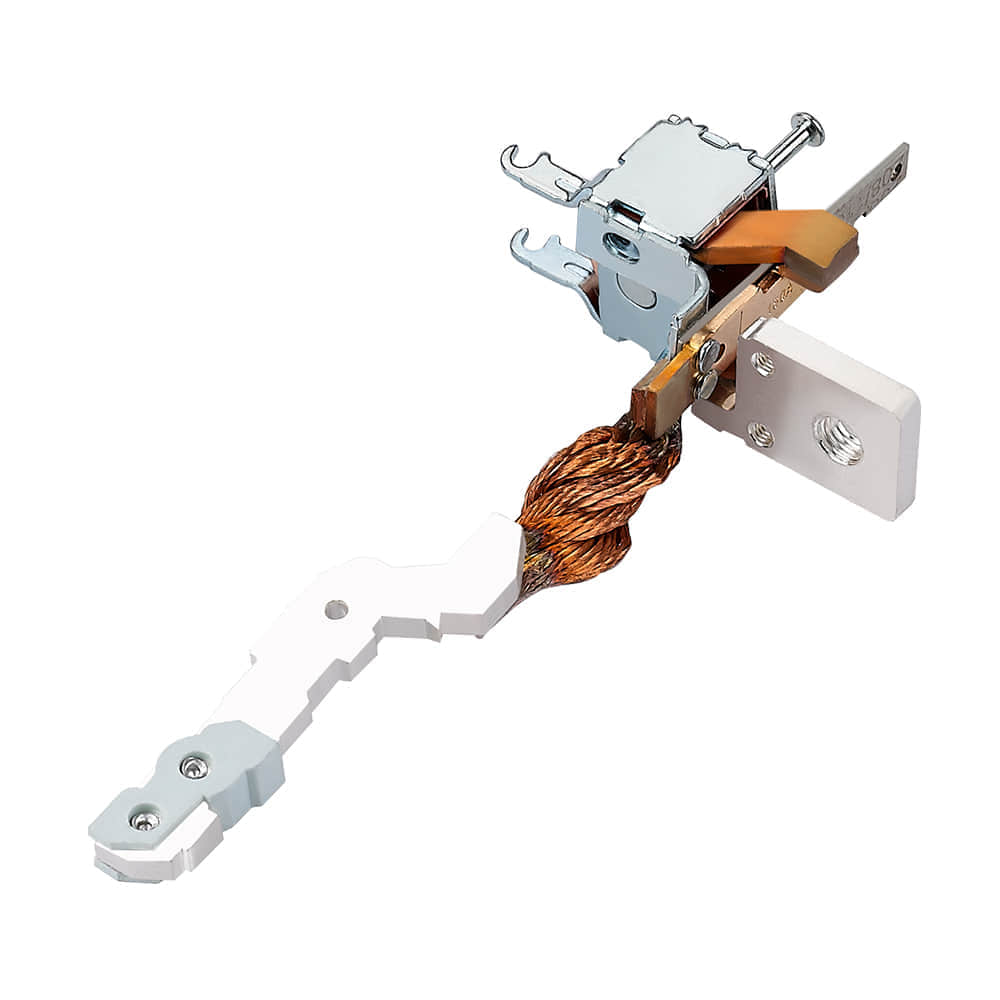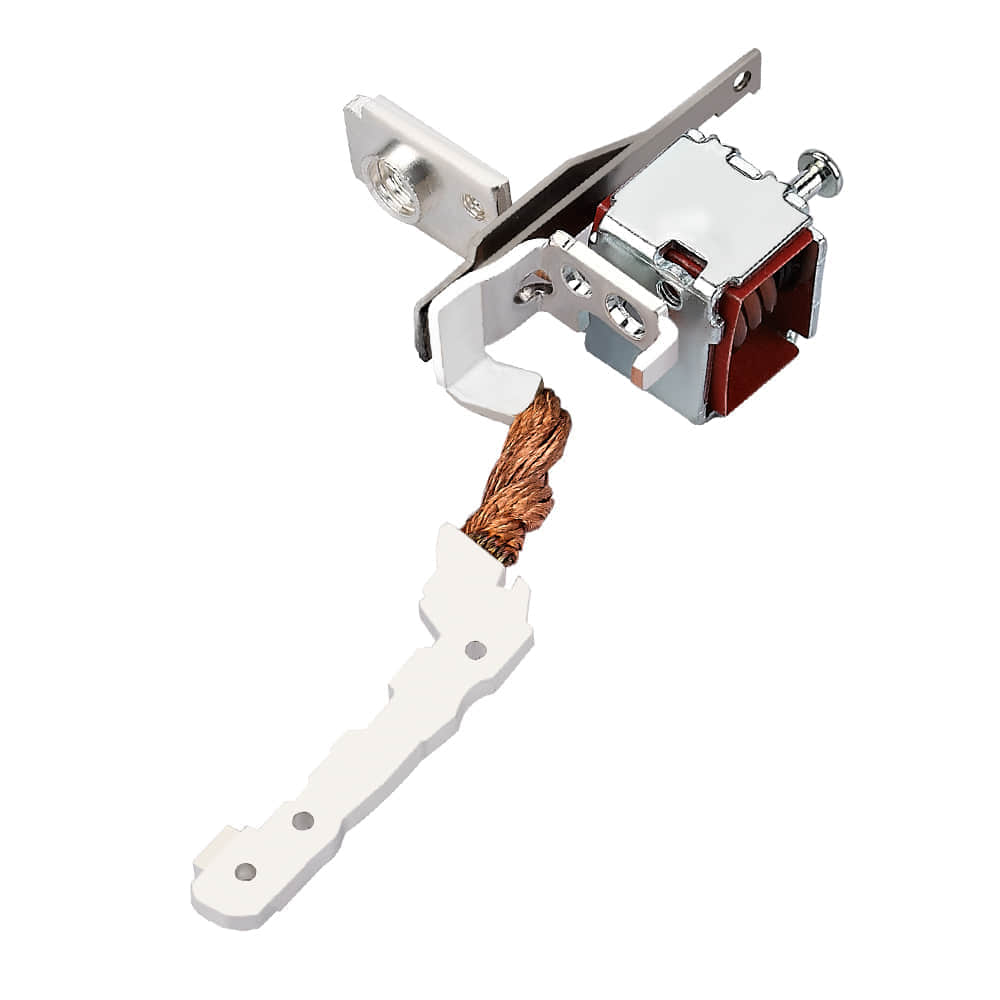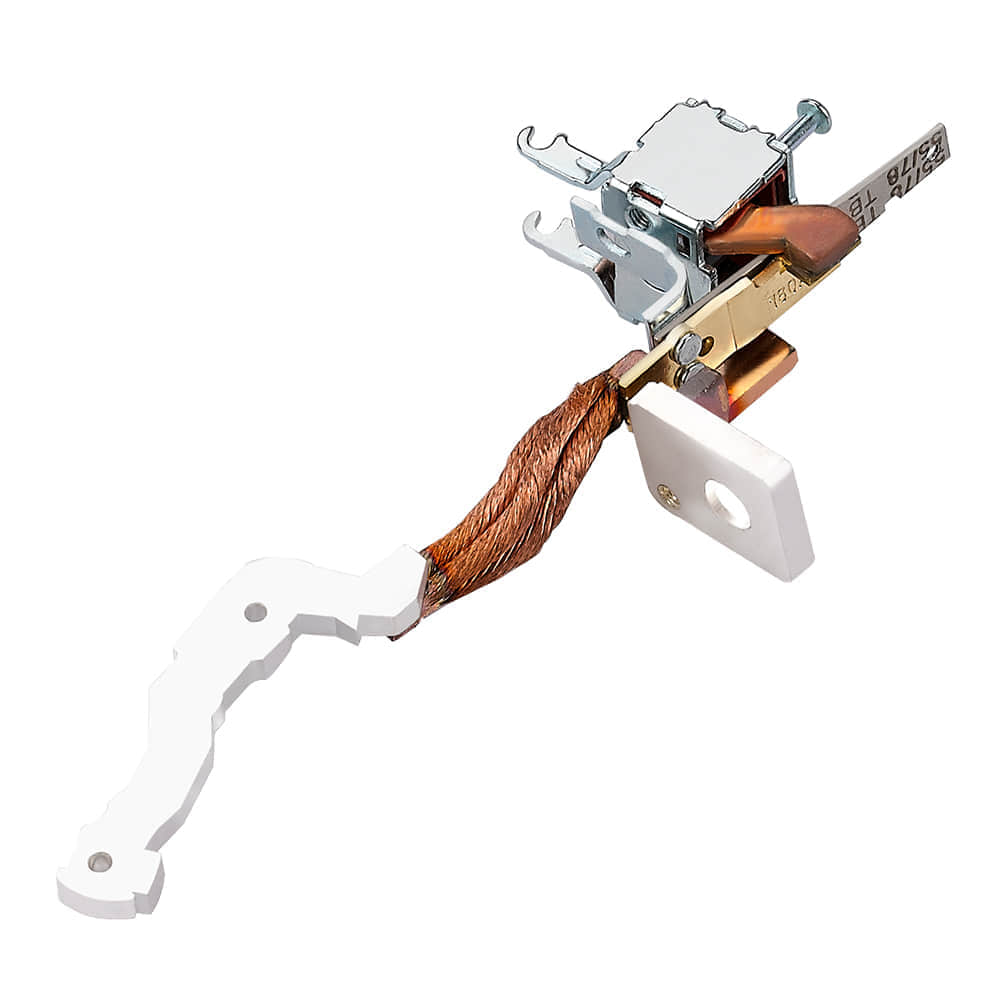In the realm of modern manufacturing, metal stamping has emerged as a cornerstone process, enabling the creation of intricate metal components used across a multitude of industries. Metal stamping parts manufacturers play a pivotal role in producing these components with unmatched precision, efficiency, and innovation.

Precision in Every Punch

At the heart of metal stamping lies precision. Manufacturers utilize advanced machinery and computer-aided design (CAD) software to create intricate designs and specifications. These designs are then translated into metal stamping dies, which serve as the templates for shaping raw metal sheets. The precision of these dies ensures that each stamped part conforms to exact measurements, tolerances, and intricate details, down to fractions of a millimeter. Diverse Applications The products of metal stamping find their way into an array of industries. Automotive manufacturers rely on stamped parts for engine components, chassis elements, and interior details. The electronics industry benefits from stamped metal parts in the creation of connectors, terminals, and intricate shielding components. Even everyday items like kitchen appliances and household tools often incorporate stamped metal parts. The versatility of metal stamping makes it an essential player in the modern manufacturing landscape. Efficiency and Cost-Effectiveness Metal stamping parts manufacturers are revered for their efficiency. The process allows for the rapid production of large quantities of parts, often with minimal manual intervention. This efficiency not only reduces production time but also leads to cost savings, as fewer man-hours are required for the creation of each part. Additionally, the ability to work with a variety of metals, including steel, aluminum, and copper, adds to the cost-effectiveness of the process. Innovation and Adaptability In recent years, metal stamping has embraced technological advancements to further enhance its capabilities. Manufacturers now employ techniques such as progressive stamping, where a single metal sheet undergoes a series of stamping operations to create multiple features in a single run. This innovation reduces production time and enhances accuracy. Furthermore, manufacturers are exploring the integration of sensors and artificial intelligence to monitor the stamping process in real-time, ensuring consistent quality. Quality Assurance Quality assurance is of paramount importance in the metal stamping industry. Reputed manufacturers implement stringent quality control measures throughout the production process. Advanced inspection methods, including automated vision systems and coordinate measuring machines, verify the dimensional accuracy of each stamped part. This commitment to quality ensures that the end products meet or exceed industry standards. Environmental Considerations Metal stamping parts manufacturers are also conscious of their environmental impact. Many employ eco-friendly practices, such as recycling scrap metal and optimizing production processes to minimize waste. The durability of stamped metal components contributes to the longevity of the products in which they are used, reducing the need for frequent replacements and conserving resources in the long run. Conclusion Metal stamping parts manufacturers are the unsung heroes of modern manufacturing, shaping industries through precision, efficiency, and innovation. Their ability to create intricate components with consistency and accuracy drives progress in automotive, electronics, and countless other sectors. As technology continues to evolve, we can expect metal stamping to remain at the forefront of manufacturing excellence, delivering the building blocks of progress with every meticulously punched part.
